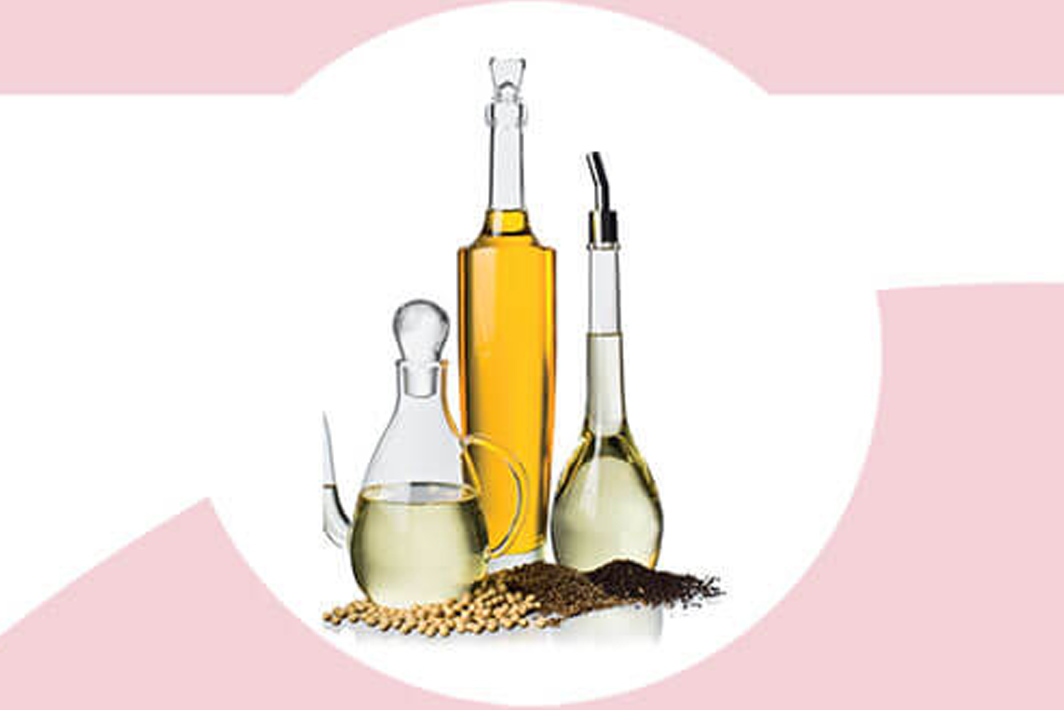
Canola has become one of Canada’s most valuable crops. Canola oil is the cooking oil of choice for many consumers because it is so healthy. It has the least saturated fat of any culinary oil, half that of olive oil and contains no trans-fat or cholesterol. Canadian Canola oil is suited to all kinds of recipes and cuisines. Grown, harvested and processed to the highest standards, Canadian canola offers the best in quality and nutrition.
Canada is a world leader in pulse production and sales with its crop exported to 150 countries worldwide. Canada’s clean, natural landscape and crisp, cold climate are ideal for producing top quality pulses at low cost. Our pulse industry cares about product quality and customer service. From farm to the fork, Canada’s pulse industry is innovative and forward thinking and is poised to meet the needs of today’s health-and quality conscious consumers around the globe.
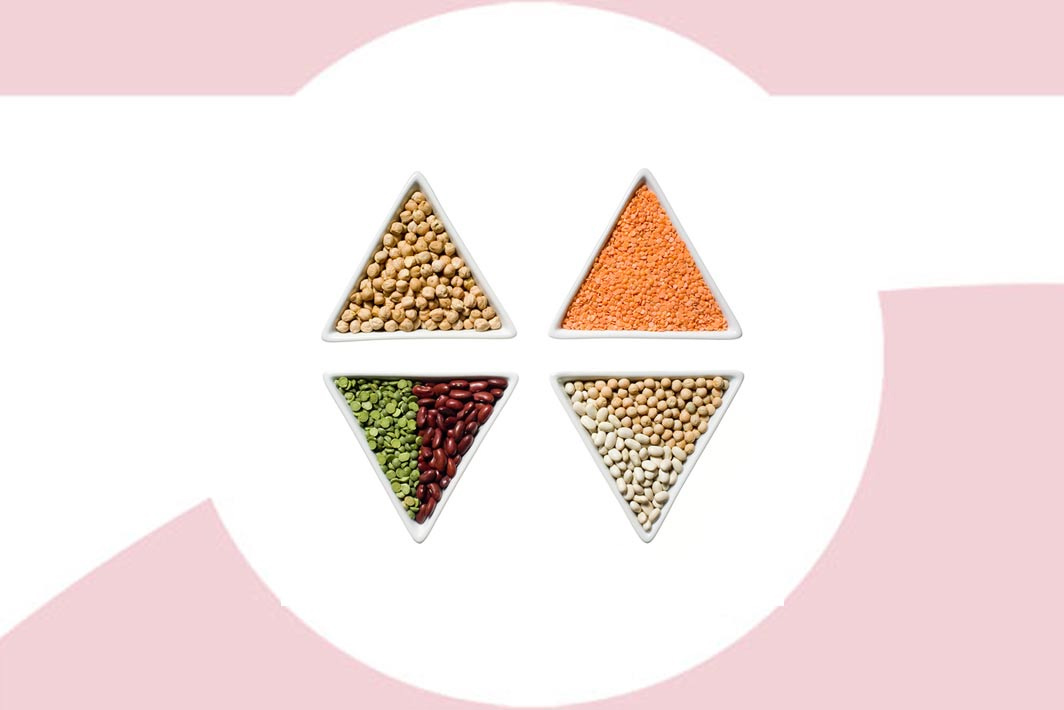

Canada is the world’s leader in the production and export of flax, a position it has held since 1994. In 2014/15, Canada produced about 875,000 mt., and exported about 80% of it. In 2015/16, Canadian flax production totalled 940,000 mt. Because of its link to good health, flax is fast becoming a new food in many diets. Bakers and commercial food companies use flax as a unique ingredient in everything from yeast breads, to bagels and cookie mixes. Flax comes from the blue-flowered plant crop grown mainly in the cool, northern climate of the western Canadian prairies. Canadian brown flax seed is the favourite choice of consumers. The omega-3 fatty acid and fibre in flax are nutrients that contribute to wellness.
Variety and quality are the hallmarks of Canada’s confectionery products; from hard and soft candies, to chewing gum and chocolate, we manufacture treats to suit every taste. Canadian confectioneries can be very nutritious, and can contribute a significant part of a person’s daily requirements of calcium, magnesium and riboflavin, as well as vitamins A, C, and B12. Canadian confectioners understand consumer concerns about allergies and the healthiness of processed foods. Our companies are introducing a stream of new products that incorporate more nutritious ingredients. Canada’s confectioneries are among the most irresistible in the world.

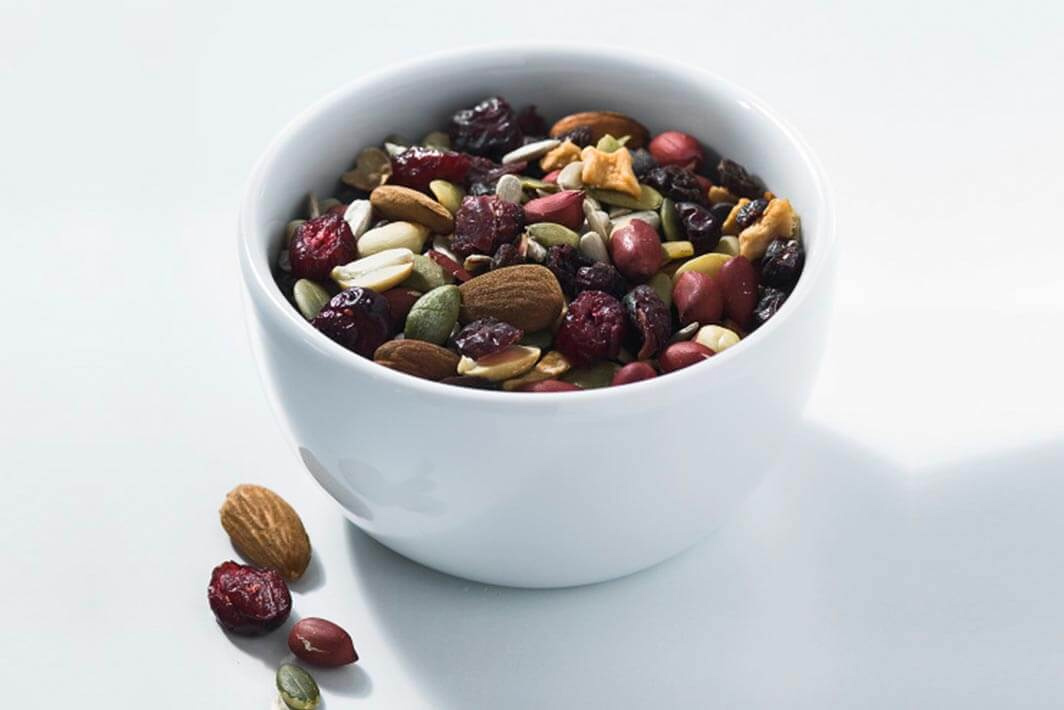
Canada’s growing snack food industry serves up enough variety to meet snacking tastes from one corner of the globe to the other. Whether its potato and corn chips for munching at a football game, popped popcorn, cheesies and pretzels to enjoy in front of a good movie or seed snacks, nuts to eat on the go the list of Canadian-made snacks is long and varied. The proof? Canadian snack foods are gaining in popularity, both at home and abroad, with exports having increased more than 330 percent in just 15 years. Got the munchies? Taste the quality and freshness of Canadian snack foods. The industry is nimble, innovative and poised to please customers worldwide.
Canada holds a quarter of all the world’s fresh water, and this abundance means we have a product for every taste: spring water, mineral water, artesian water and sparkling water are just some of the varieties we provide. There’s more to Canadian refreshments than water. Canada produces a full range of citrus and other juices from imported and domestic fruits and concentrates. Discover the pure, refreshing taste of Canada’s drinks and refreshments, from perfectly natural bottled water to beverages with health-enhancing properties.


Canada is the second largest producer and exporter of blueberries. Canada’s blueberries are commercially grown in both wild and cultivated varieties, making them unique, no other Canadian fruit shares this distinction. Canadian blueberries are delicious in pancakes, pies, tarts, muffins, sauces and cakes, but they are amazingly versatile in other dishes as well. Their fresh, natural flavour enhances the taste of any savoury dish and chefs can combine them with almost any other fruit or berry to make a delectable dessert
Cranberries are native to Canada’s Atlantic Provinces, where they grow wild and are sometimes known as “marsh apples.” Canadian cranberries are sold fresh, frozen and dried, or are processed into juice or sauce. They can be refrigerated for several months without losing quality, and when frozen will retain their tart, clean taste for up to a year. Canada’s abundant supply of pure water and fertile soil means that all our fruits and berries, including cranberries, grow in clean, healthy conditions. The tart savour of cranberries is a taste like no other and Canadian cranberries can add distinction to many kinds of dishes.
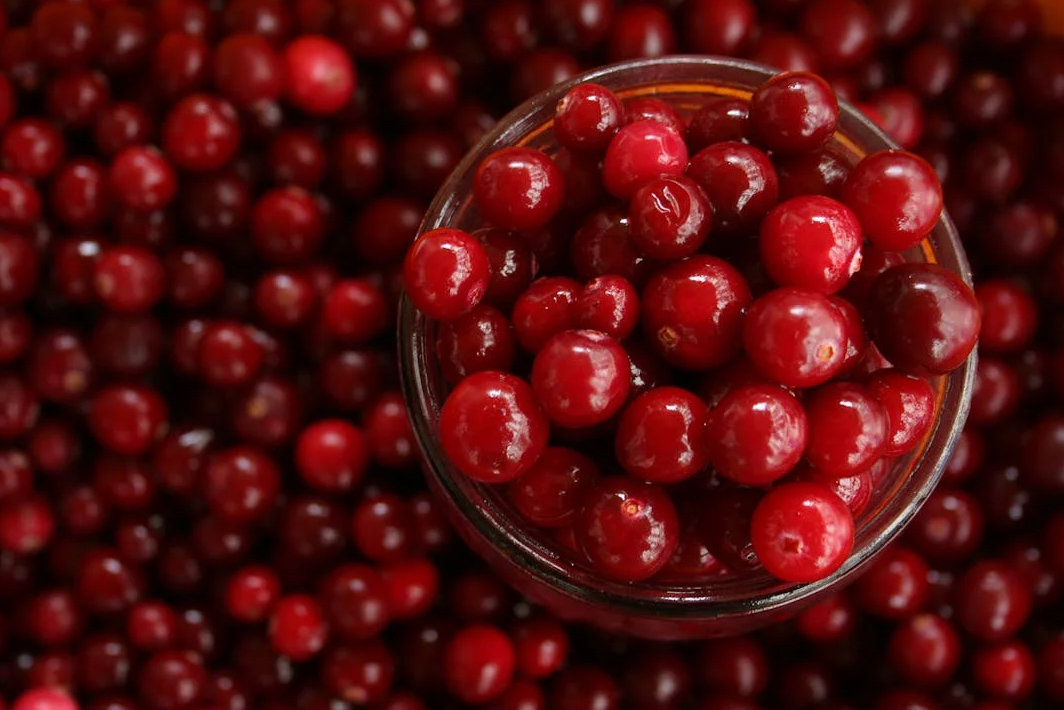

For many people, the idea of Canada conjures up visions of snow-laden pines, frozen lakes and sharp winter winds. It can be hard to believe that in summer and fall, parts of this northern country are transformed into gardens overflowing with sweet harvests of apples. Canadian apples are not only wonderful eating in themselves, but they’re also the magic ingredients for hundreds of mouth-watering pastries, confections and pies. Canada’s apple industry has adapted well to our cold climate and short growing seasons. Southern Ontario and southwest British Columbia produce much of our fruit, since they enjoy about 180 frostfree days every year. Canada is a global leader in growing, storing and processing fruits in innovative and environmentally responsible ways. And, since our climate is cold and our growing season brief, Canadian scientists are committed to breeding new fruit varieties to improve hardiness and increase yields.
Canada’s organic food sector is an innovative and growing community, focused on bringing the best of organics to consumers worldwide. Most of Canada’s organic production is exported to the United States, the European Union and Japan. The sector is positioning itself to increase and diversify its market share in these and other markets. Canada’s organic foods and processed products are produced without the use of synthetic pesticides, chemical fertilizers, genetic engineering or irradiation. At the processing level, Canada’s organic products are free of chemical preservatives and synthetic additives like colourings and waxes. The government of Canada is committed to working with foreign governments to reduce costs and ease entry for Canadian organic products. Produced across Canada’s vast unspoilt landscape, treasured for their purity and diversity, Canadian organic foods are wholesome, certified and delicious.

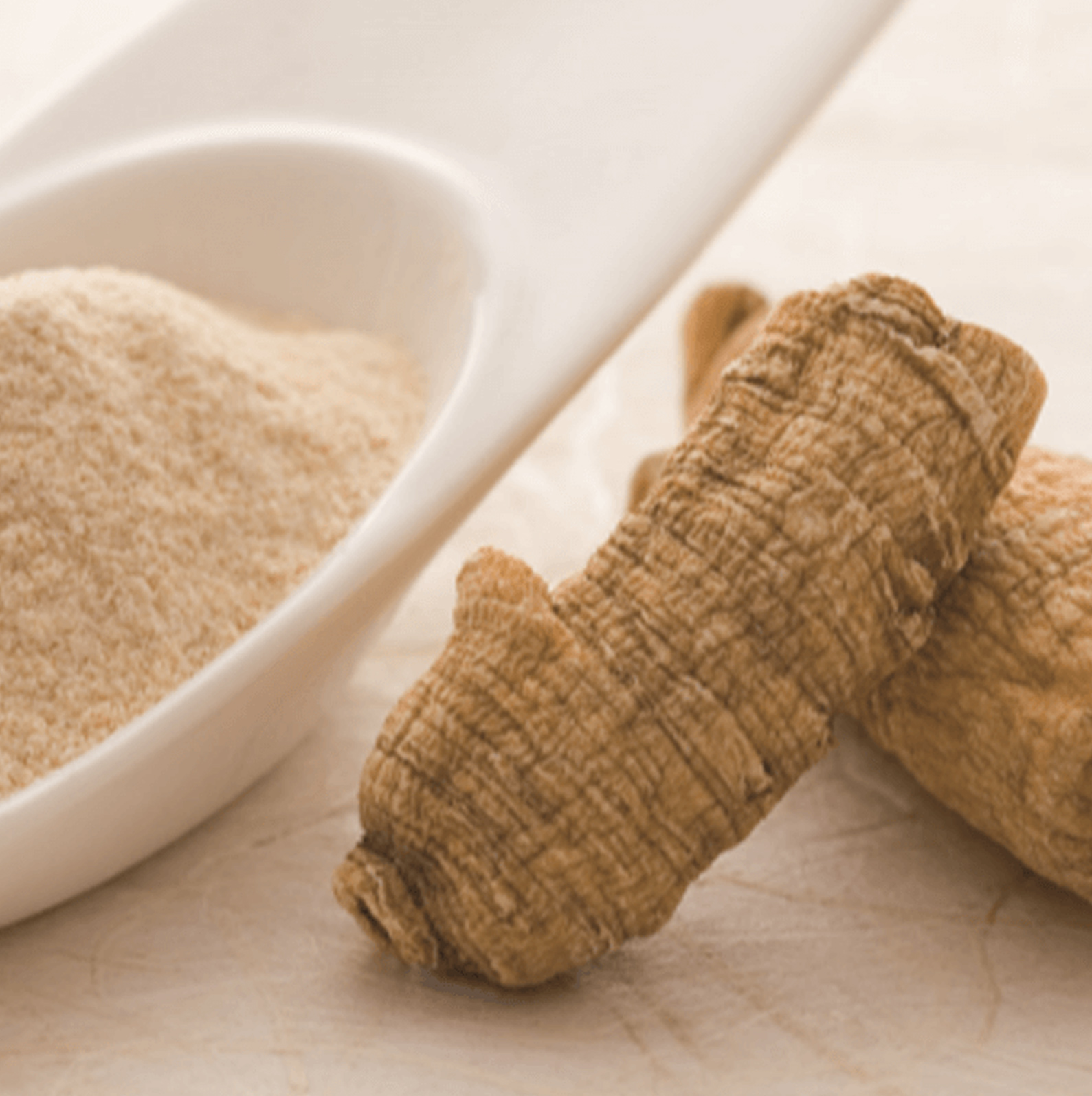
Canadian North American Ginseng (NAG), known by the scientific name Panax quinquefolius, is a species that is native to the hardwood forests of eastern Canada and north eastern US region. Canada is currently the largest producer of the NAG in the world. The majority of production is from Ontario and the balance is mainly produced in British Columbia. Canadian NAG is unequalled in quality, taste and aroma. Canadian NAG and Asian ginseng differ in their chemical composition and each appears to have distinct biological effects. From a traditional Chinese medicine point of view, the Chinese perceive NAG to be more “yin” – meaning it is used to reduce “heat” in the body. Alternatively, Asian ginseng is thought to be more “yang” – meaning it is used to raise “heat” in the body. Canadian NAG has been taken to relieve stress, to help with digestive problems, energy problems, to strengthen mental abilities, and to treat the entire body system. Whether taken as a supplement, tonic or tea, Canadian NAG has been safe and effective when used appropriately.
The Ontario Ginseng Growers Association has taken an active role in the development of the Ginseng industry in Canada
For decades, Canada’s natural environment and farming practices have produced nutritious, high quality. However, oats have now moved out of the cereal bowl and soup pot into a variety of food products including nutrition bars, beverages and even ice cream.
Canadian Oats (Avena sativa) contain many natural compounds beneficial tohealth. These include tocopherols, phenolics and phytosterols as well as soluble and insoluble fibres; however, beta-glucan (β-glucan), a unique soluble fibre, is the most recognized health promoting compound.
Canadian scientists have developed many oat varieties with improved disease and lodging resistance, earlier maturity and better yield, as well as hull-less varieties. Oats are still used primarily for livestock feed or breakfast food. The long warm days characteristic of the Canadian prairies coupled with adequate moisture levels provides producers with ideal oat-growing conditions.

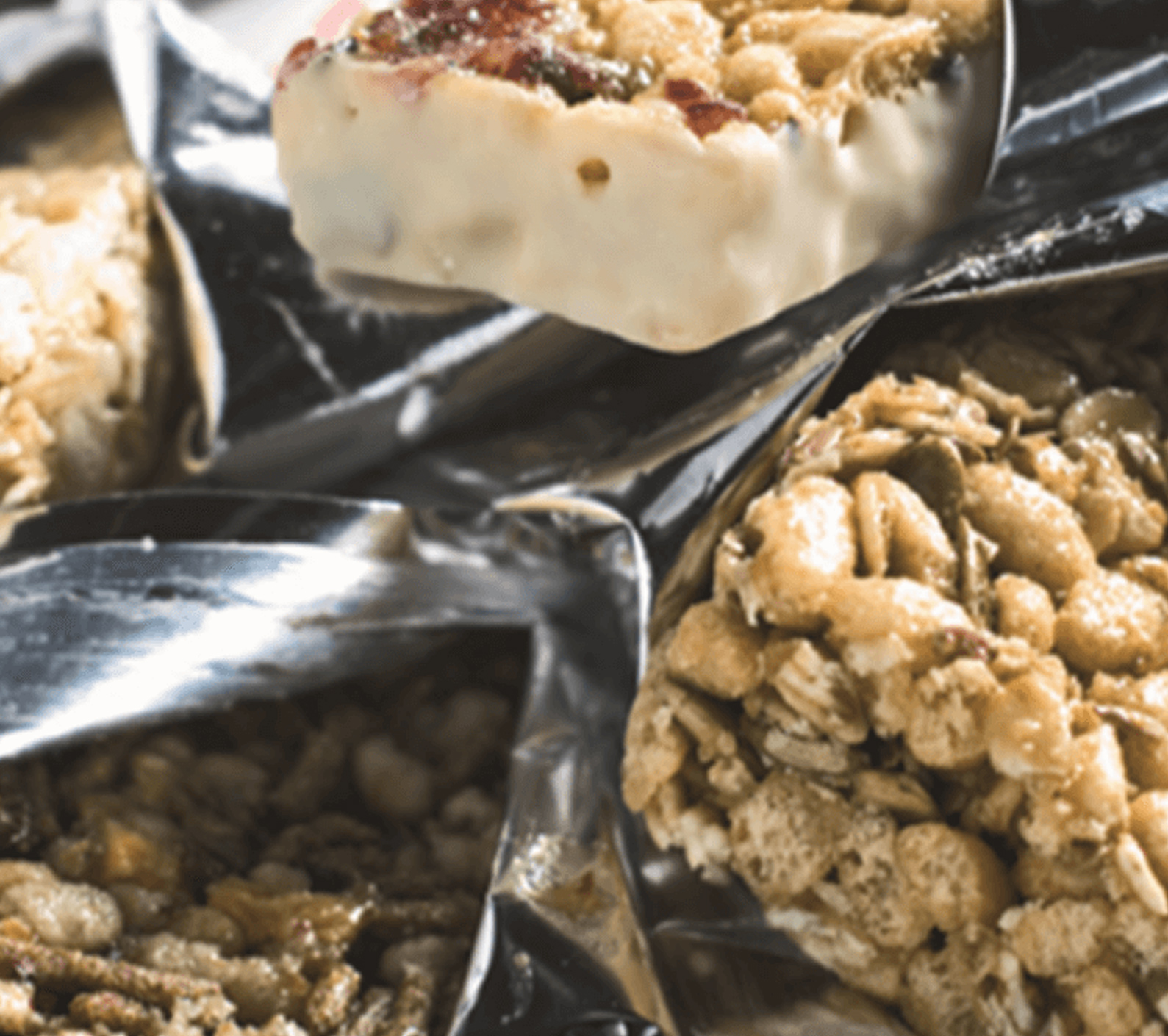
Canada produces a wide range of functional foods and natural health products that rank among the world’s best in terms of quality, nutrition, taste and scientific research. Whether its yogurt fortified with probiotics or fruit juice with added calcium or omega-3 fatty acids, consumers can trust the excellence of Canadian functional foods and natural health products. Canada is fortunate in its abundance of rich farmland and clean water, which means that Canadian crops, livestock and marine products come from fresh, healthy environments. Canada’s functional foods and natural health products sector is a growing, active, research-oriented industry that uses highquality ingredients to produce superior products for both the domestic and export markets.
From rich, velvety Merlots to crisp, elegant Rieslings, Canada’s wines are garnering worldwide attention. Almost all the grapes for Canada’s wineries are grown in the southern parts of British Columbia and Ontario. A small but growing number of wineries operate in Québec and Nova Scotia.
Icewines are probably the best known of all Canadian vintages. Their unique and luscious sweetness has given them a leading reputation among the world’s sweet wines. The production of these flagship wines is very carefully regulated to ensure quality. Temperatures must fall to at least -8°C at which time the grapes can be hand-picked and pressed while still. Canadian Icewines have won the highest awards at many of the world’s most prestigious wine fairs, including Vinexpo and VinItaly. Canada’s high-quality grapes and excellent growing conditions, together with our investments in worldclass wineries and new varieties, have contributed enormously to this success. The quality of our premium wines is regulated in Ontario and British Columbia by the Vintners Quality Alliance (VQA), a regulatory and appellation of origin system. Canada produces wines for every taste and occasion which appeal to the most discriminating palate.


Maple syrup has long been part of Canada’s cultural fabric. Now enjoyed in 58 countries around the world, Canadian maple syrup products range from traditional maple syrup to maple sugar, maple butter, maple candy and a full range of products containing maple syrup, such as cereals, yoghurts and more. Quality maple sugar production is a source of great pride for Canadians –a true connection to nature. The safety and quality of Canadian maple syrup is monitored by the Canadian Food Inspection Agency (CFIA), which ensures producers meet high federal standards. Wonder why the maple leaf figures prominently on Canada’s national flag?
The vast appetite for this versatile seed and its products has helped make Canada the world’s largest mustard exporter. Mustard is related to canola, but is more tolerant of drought, heat and frost than its famous cousin. Canada’s northern climate is perfect for mustard, since it’s an annual, cool-season crop adapted to a short growing season. Canada produces three kinds of mustard: yellow, brown and oriental. Both the mustard seed industry and Agriculture and Agri-Food Canada are involved in mustard seed research and have released a stream of improved varieties during the last fifteen years. Canadian mustard seed adds zest to a myriad of food products, and Canadian researchers are improving the crop steadily as demand increases.

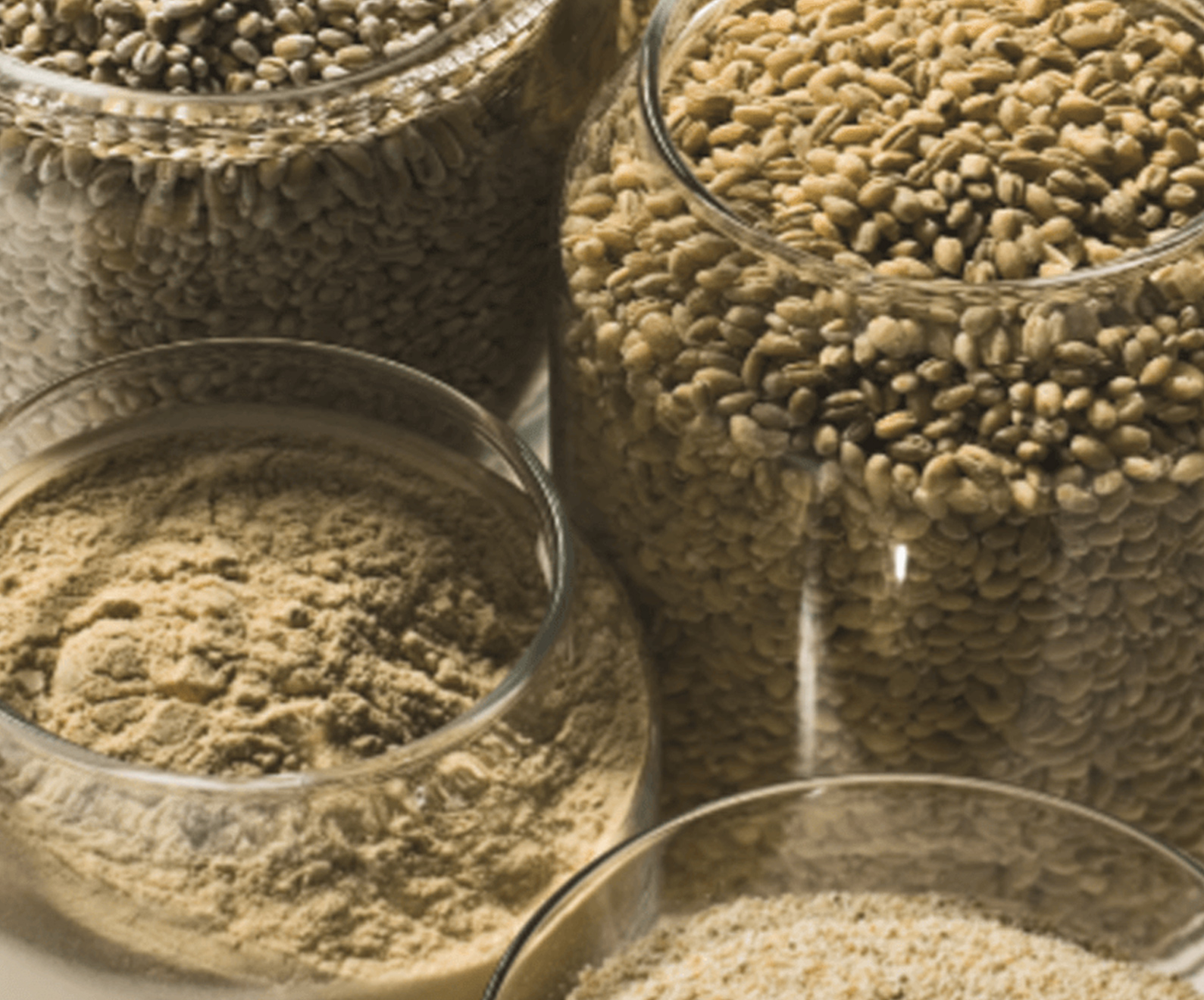
Canada is the world’s second-largest exporter of malt, with export sales averaging 500,000 tonnes annually. There are as many different beer styles as there are countries, but because of the unique qualities of Canada’s malting barley, Canadian malts can be used to make any type of beer. Brewing with Canadian malt, consequently, offers the brewer great flexibility in designing the brewing process. No Canadian barley is used in malt production unless it has passed rigorous evaluation by our malt producers. From planting to harvest, and from malt house to brewery, the Canadian malting industry has set its sights on quality, consistency and customer satisfaction.
Honey production in Canada is growing at an astonishing pace, with over 37.6 Mn. Kg produced in 2020, valued at just over $200 Mn. CAD. The majority of honey bee colonies are in the prairie provinces, where long summer days and a favourable crop mix are ideal for healthy and robust bee colonies. Demand continues to grow both domestically and from international markets such as Japan and USA. Canada is quickly becoming a notable participant in world honey trade, ranking 16th in volume and value in 2020. Thriving in the natural and clean growing conditions of Canada, bee colonies are producing a delicious range of products including liquid honey, creamed honey, as well as honeycombs. Try Canadian honey products today for a taste unlike any other!
